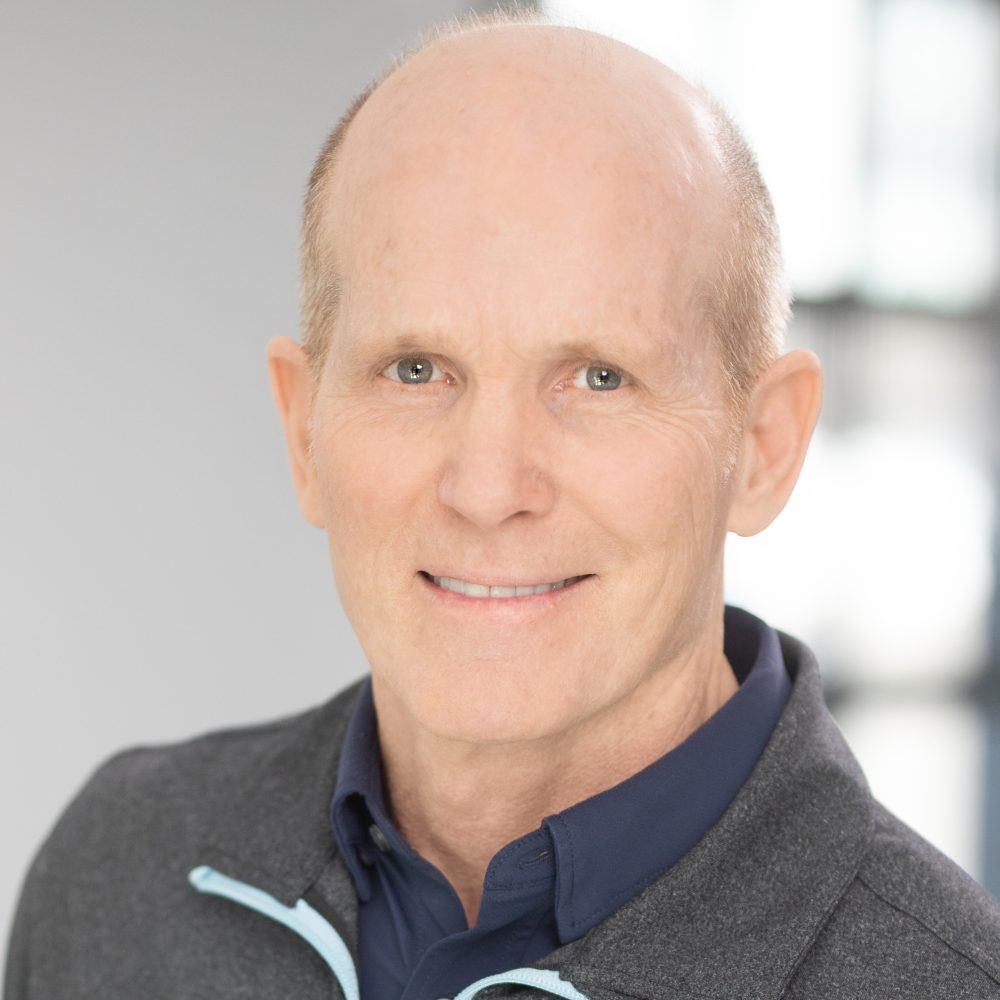On a recent trip to Palm Springs, I was surprised by how much cannabis was promoted in the shopping area of the town. Dispensaries were everywhere, and they looked like high-end retail shops. Come relax, shop, get what you need in all sorts of forms–candies, cookies…it’s all legal. What struck me about this experience was how in my face it all was. And the claims being made by those selling the products were wild! “Budtenders” provided medical advice with no training, telling customers all kinds of wellness benefits not based on research.
The National Institutes of Health tell us that since legalization, cannabis use among adults has doubled and is used daily by over 50% of users. In part, this is because of low risk perception. With the push for constant use of more potent cannabis products, there is growing concern that cannabis use will become our next public health problem.
Cannabis is still classified as a Schedule 1 drug by the federal government. This means it has no acceptable medical use despite claims to the contrary. It has been legalized without the due diligence of good research. It is not harmless or non-addictive and natural doesn’t always mean safe. Furthermore, who knows how the increased potency of many cannabis products will raise tolerance, create dependence and rewire the brain towards addiction?
There are a number of scientific review articles that discuss the impact of cannabis on the brain with a link to structural, functional and chemical changes. These changes can include increases in psychosis, impulsivity, depression, anxiety, suicidality, decreases in cognition, IQ and executive functioning, deficits in learning, memory attention and social interaction.
I just read a report in Medscape about the fall out of legalized cannabis in Colorado emergency departments. They are seeing an increase in ED visits following legalization. Sadly, the strong push to legalization and commercialization is all about making money. The health and mental health of Americans will be addressed after the billions have been made on this new “legal” industry. It’s true that not everyone will have a problem who uses. But for those who do, it’s another substance we have to treat, and the numbers are rising.








